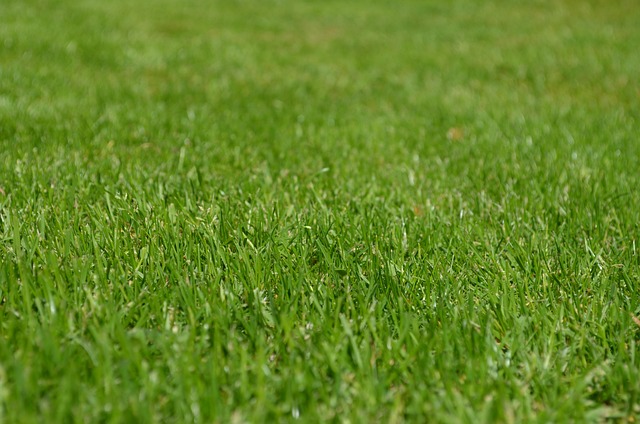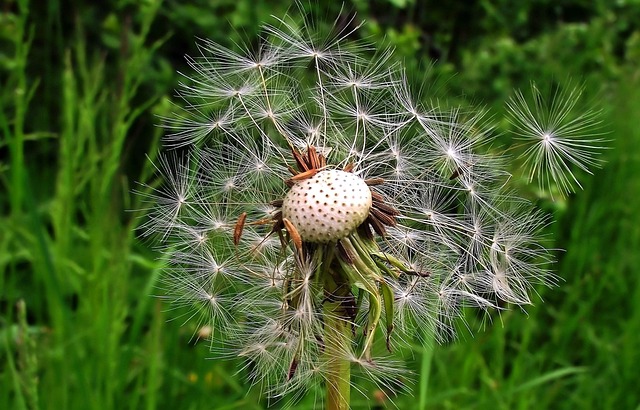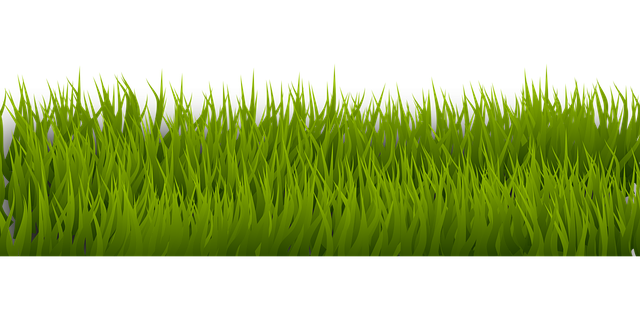Castle Pine lawns struggle with drought stress, impacting health and aesthetics. Effective mitigation involves understanding and addressing this issue, particularly through vegetation management for utility easements. Strategies include adjusting irrigation, incorporating drought-resistant grass varieties, optimizing soil health, strategic trimming/pruning, using selective cutting & herbicide application, and controlled burning (when feasible). Sustainable lawn care in Castle Pines focuses on holistic approaches like selecting adapted grass species, deep watering, mulching, proper mowing, and balanced fertilizing to reduce irrigation needs and foster resilience against periodic droughts.
In the face of increasing drought conditions, maintaining healthy lawns in Castle Pines becomes a challenge. This article offers comprehensive solutions to drought stress, focusing on understanding and managing vegetation in utility easements. We explore effective strategies for short-term relief, such as efficient watering practices, and long-term sustainable lawn care techniques. By implementing best practices in vegetation management for utility easements in Castle Pines, homeowners can ensure their lawns thrive despite water scarcity.
- Understanding Drought Stress in Castle Pines Lawns
- Effective Vegetation Management Strategies for Utility Easements
- Long-Term Solutions and Best Practices for Sustainable Lawn Care
Understanding Drought Stress in Castle Pines Lawns

Castle Pine lawns often face challenges due to drought stress, especially in areas with limited water access or during prolonged dry spells. This issue can significantly impact the health and aesthetics of your lawn, making it crucial to understand and address drought stress effectively. Vegetation management for utility easements in Castle Pines is a critical aspect of mitigating these effects.
Drought stress occurs when plants do not receive adequate water, leading to various physical and physiological responses. In lawns, this can result in browning, wilting, or thinning patches. Identifying stressed areas is essential, as it allows for targeted interventions. Strategies like adjusting irrigation schedules, incorporating drought-resistant grass varieties, and optimizing soil health through organic matter addition can all contribute to a more resilient lawn capable of withstanding periodic droughts.
Effective Vegetation Management Strategies for Utility Easements

In Castle Pines and surrounding areas, effective vegetation management for utility easements is crucial to mitigate drought stress and ensure the health of both plants and critical infrastructure. This involves strategic planning to balance the needs of local flora with the maintenance of essential services like power lines, water pipes, and communication cables. Regular trimming and pruning not only enhance visibility and accessibility but also reduce the risk of branches interfering with utility lines during extreme weather events.
By employing specialized vegetation management techniques, such as selective cutting, herbicide application, and controlled burning (when feasible), local utilities can maintain a balanced ecosystem. These strategies aim to remove or suppress problematic plants while promoting native, drought-resistant species. This approach not only helps in water conservation but also fosters a more resilient landscape capable of enduring prolonged dry spells characteristic of the region’s climate.
Long-Term Solutions and Best Practices for Sustainable Lawn Care

In the long term, sustainable lawn care requires a holistic approach that goes beyond immediate drought relief. For areas like Castle Pines, where vegetation management for utility easements is crucial, strategic planning can ensure both aesthetic appeal and environmental sustainability. One key practice involves selecting drought-resistant grass species suitable for the local climate and soil conditions, reducing reliance on excessive irrigation.
Regular deep watering instead of frequent shallow irrigations encourages deeper root growth, making lawns more resilient to droughts. Implementing mulching techniques helps retain soil moisture, suppresses weed growth, and adds organic matter to enrich the soil over time. Additionally, proper lawn maintenance practices such as regular mowing at appropriate heights and balanced fertilizing promote strong, healthy grass that can better withstand stress.
In addressing lawn plant drought stress, a multifaceted approach is key. By understanding the specific challenges of Castle Pines lawns and implementing effective vegetation management strategies for utility easements, residents can significantly enhance their turf’s resilience. Combining these practices with long-term sustainable lawn care best practices ensures not only healthier grass during dry periods but also promotes an ecologically robust and drought-adapted landscape. For those seeking to optimize their yard’s performance in the face of water scarcity, vegetation management for utility easements in Castle Pines remains a vital component of any comprehensive solution.
